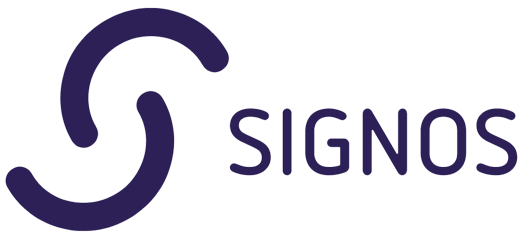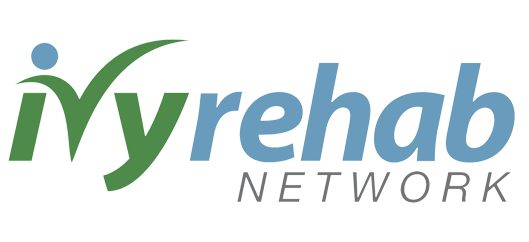Why manage hypertension?
Treating high blood pressure helps to lower the risk of serious cardiovascular conditions. Additionally, hypertension can lead to diseases in multiple other organ systems.
- Heart attack
- Heart failure
- Heart arrhythmias
Brain
- Stroke
- Dementia
Peripheral blood vessels
- Peripheral arterial disease
- Chronic kidney disease
- End stage renal disease
Eyes
- Retinopathy
- Optic neuropathy
- Retinal detachment
Reproductive system
- Infertility
- Erectile dysfunction
Self-monitoring Blood Pressure
When measuring blood pressure for the first time, it’s important to take readings on both arms to check for any differences between them. If one arm typically produces higher blood pressure measurements compared to the other, management of blood pressure is guided by higher of the two readings, and measurements should be taken from the higher of the two arms.
With regard to measuring blood pressure at home, it is important to follow a few simple steps to ensure that results are as accurate as possible. First, make sure the cuff fits the upper arm properly. Review manufacturer guidance to ensure best fit. After placement of the cuff, you should be seated comfortably with the back supported, legs uncrossed, and feet flat on the floor. The arm with the cuff should be supported at heart level, which usually means resting it on a table or desk. To ensure the measurement is taken in state of rest, a 5-minute rest period should be carefully adhered to prior to taking a measurement. In many cases, it is beneficial to perform at least two measurements. The second reading can be taken after a brief period of rest following the first measurement.
The Role of Lifestyle Changes
Before considering medication, doctors may review certain lifestyle conditions and recommend lifestyle changes as the initial step in reducing high blood pressure. These approaches are fundamental because they address contributing factors in many cases of hypertension. By prioritizing non-pharmacological strategies, patients not only empower themselves to take control of their health but also minimize the potential side effects associated with long-term medication use.
Diet
Physical activity
Alcohol consumption
Weight Management
Smoking
The Role of Medications
Medications are critically important for effective treatment of high blood pressure in many cases, especially when changes to diet and lifestyle don’t work well enough.
Decision-making regarding the specific medication to choose for any patient is informed by the presence of certain medical conditions, including heart disease, kidney disease, and diabetes mellitus. Additionally, physiological characteristics (such as vascular tone and blood volume) may also impact decision-making. Commonly prescribed medicines for high blood pressure are diuretics, angiotensin converting enzyme (ACE) inhibitors, angiotensin II receptor blockers (ARBs), alpha blockers, beta blockers, and calcium channel blockers.
Resources
Websites
- ValidateBP.org
- Mayo Clinic: https://www.mayoclinic.org/diseases-conditions/high-blood-pressure/diagnosis-treatment/drc-20373417
National Society Guidelines
- American Heart Association: https://www.heart.org/en/health-topics/high-blood-pressure
- CDC: https://www.cdc.gov/high-blood-pressure/index.html
- NIH: https://www.nhlbi.nih.gov/education/high-blood-pressure
Books
- Mayo Clinic on High Blood Pressure by Gary L. Schwartz, M.D.
- Mayo Clinic 5 Steps to Controlling High Blood Pressure by Sheldon G. Sheps, M.D.
© 1998-2024 Mayo Foundation for Medical Education and Research (MFMER). All rights reserved

Sign up for Updates
To stay up to date please provide your email address.
-
By giving us your email you are opting-in to receive news and promotions
Sign up for Updates
To stay up to date please provide your email address.
-
By giving us your email you are opting-in to receive news and promotions






